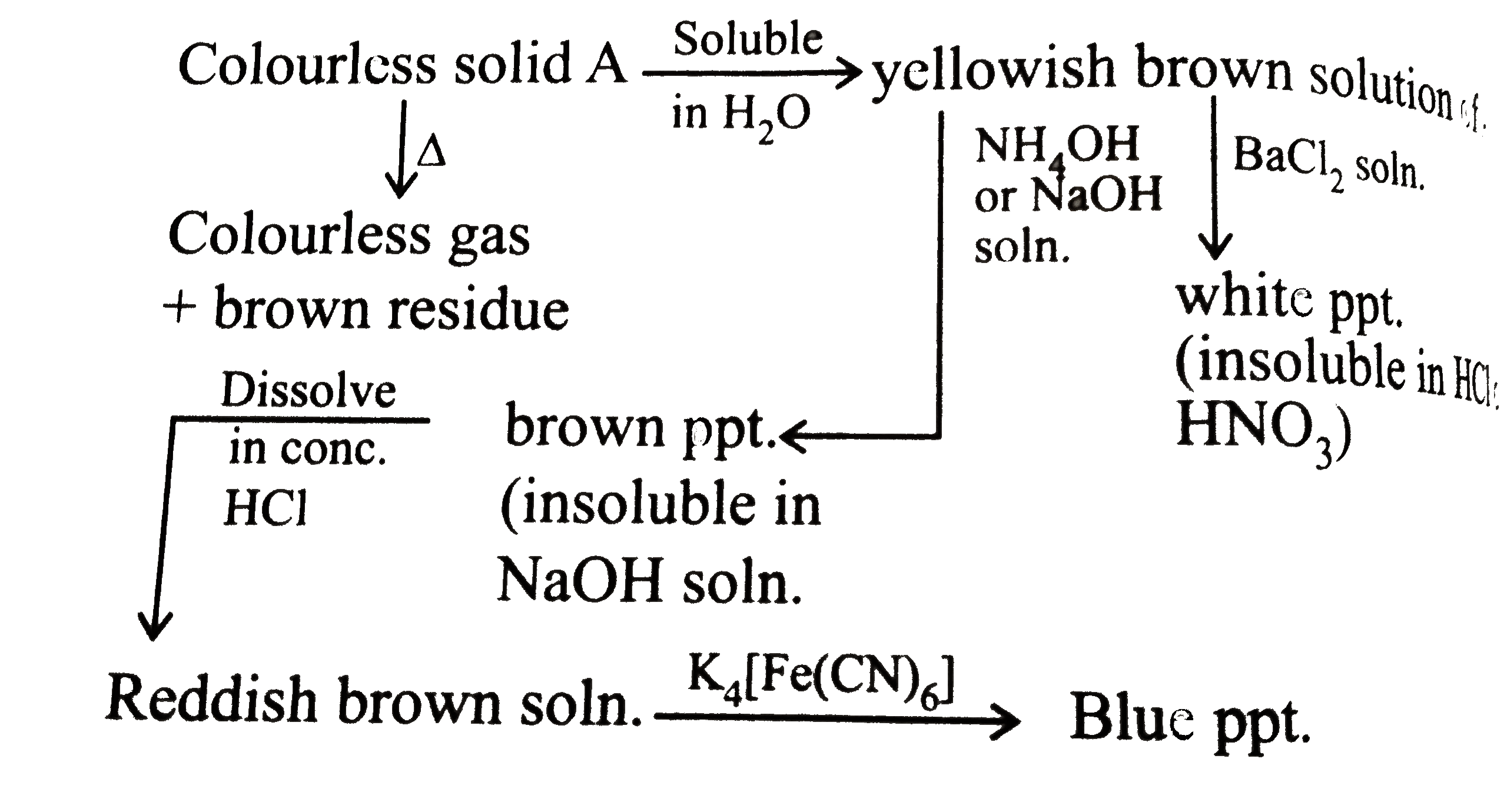What is the Euler’s formula for a Polyhedron?
The correct Answer is:B
Step-by-Step Solution:
1. Understanding Euler's Formula:
Euler's formula for polyhedra relates the number of faces (F), vertices (V), and edges (E) of a polyhedron. The formula is given by:
F+V−E=2
2. Identifying Components:
- Faces (F): These are the flat surfaces of the polyhedron.
- Vertices (V): These are the corners or points where the edges meet.
- Edges (E): These are the line segments where two faces meet.
3. Example with a Cube:
Let's take a cube as an example to illustrate Euler's formula.
- A cube has:
- Faces (F): 6 (top, bottom, left, right, front, back)
- Vertices (V): 8 (corners of the cube)
- Edges (E): 12 (the line segments connecting the vertices)
4. Substituting Values into the Formula:
Now, we will substitute the values of F, V, and E into Euler's formula:
F+V−E=2
Substituting the values:
6+8−12
5. Calculating the Left Side:
- First, add the number of faces and vertices:
6+8=14
- Then, subtract the number of edges:
14−12=2
6. Conclusion:
Since the left side equals 2, we can confirm that Euler's formula holds true for a cube:
F+V−E=2(True)
Euler's formula for polyhedra relates the number of faces (F), vertices (V), and edges (E) of a polyhedron. The formula is given by:
F+V−E=2
- Faces (F): These are the flat surfaces of the polyhedron.
- Vertices (V): These are the corners or points where the edges meet.
- Edges (E): These are the line segments where two faces meet.
Let's take a cube as an example to illustrate Euler's formula.
- A cube has:
- Faces (F): 6 (top, bottom, left, right, front, back)
- Vertices (V): 8 (corners of the cube)
- Edges (E): 12 (the line segments connecting the vertices)
Now, we will substitute the values of F, V, and E into Euler's formula:
F+V−E=2
Substituting the values:
6+8−12
- First, add the number of faces and vertices:
6+8=14
- Then, subtract the number of edges:
14−12=2
Since the left side equals 2, we can confirm that Euler's formula holds true for a cube:
F+V−E=2(True)
Similar Questions
What is the formula of diborane ?
View SolutionWhat is the empirical formula for a compound that contains 22%S and 78%F? (S=32,F=19)
View SolutionWhat is the formula of hypo?
View SolutionWhat is a molecular formula?
View SolutionWhat is a chemical formula?
View Solution
What is the formula of brown ppt?View SolutionWhat is the formula of glycerol?
View SolutionWhat is the general formula of an amino acid?
View SolutionWhen 3.2 g S is vaporized at 450∘Cand723 mm pressure, the vapours occupy a volume of 780 mL What is the molecular formula of S vapours ?
View SolutionWhat is the general formula of silicones?
View Solution

